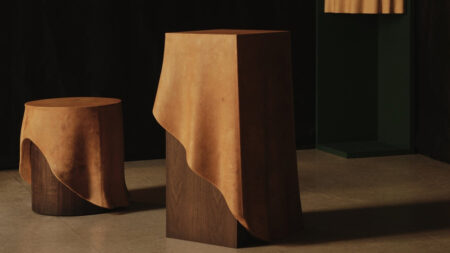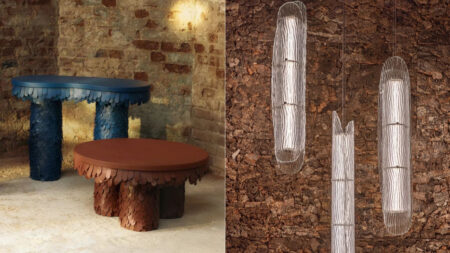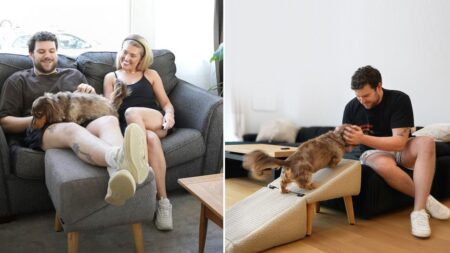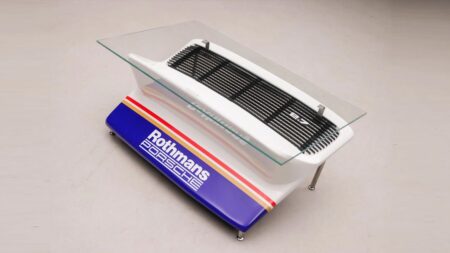Rik van Veen is a Dutch designer who recently launched the Leopard bench as part of the experimental HDPE collection of stools, chairs, and benches. This eclectic collection was made by connecting large-diameter discarded gas and water pipes that are primarily cut and joined to form a seating stature.
The Leopard bench is made with plastic pipes made from density polyethylene plastic, which has a low melting point and can be connected to create joints. This design is inspired by the early design of the heat-fusing tubular plastic beads which was applied to the furniture by the designer.
As the name suggests, the Leopard bench has a leopard print created using an angle grinder fitted with a carving disc. The yellow surface has been chiseled to give the furniture piece a unique texture while showcasing the black layer underneath.
Van Veen used a hot plate to heat the two ends of the pipes until the plastic softened. Then he pressed the parts to form a strong joint once the material hardened, and a solid piece of furniture emerged. According to the designer, it was quite a task to align the pieces to form a joint. He used jigs and fixtures to help cut the angles.
Also Read: Kelly Wearstler Seed Bench Takes Sculptural Form With Suspended Date Palm
Van Veen had been working on this particular design since he was pursuing his studies. He had experimented with this material and style for a decade and had identified the tools to carve the surface of plastic pipes to give them a unique persona.
The Leopard bench is a one-of-a-kind piece that will be exhibited as part of the Pass the Dutch exhibition at the Moya Museum in Oosterhunt, Netherlands, from September 22 to November 17, 2024.



Via: dezeen
Follow Homecrux on Google News!




